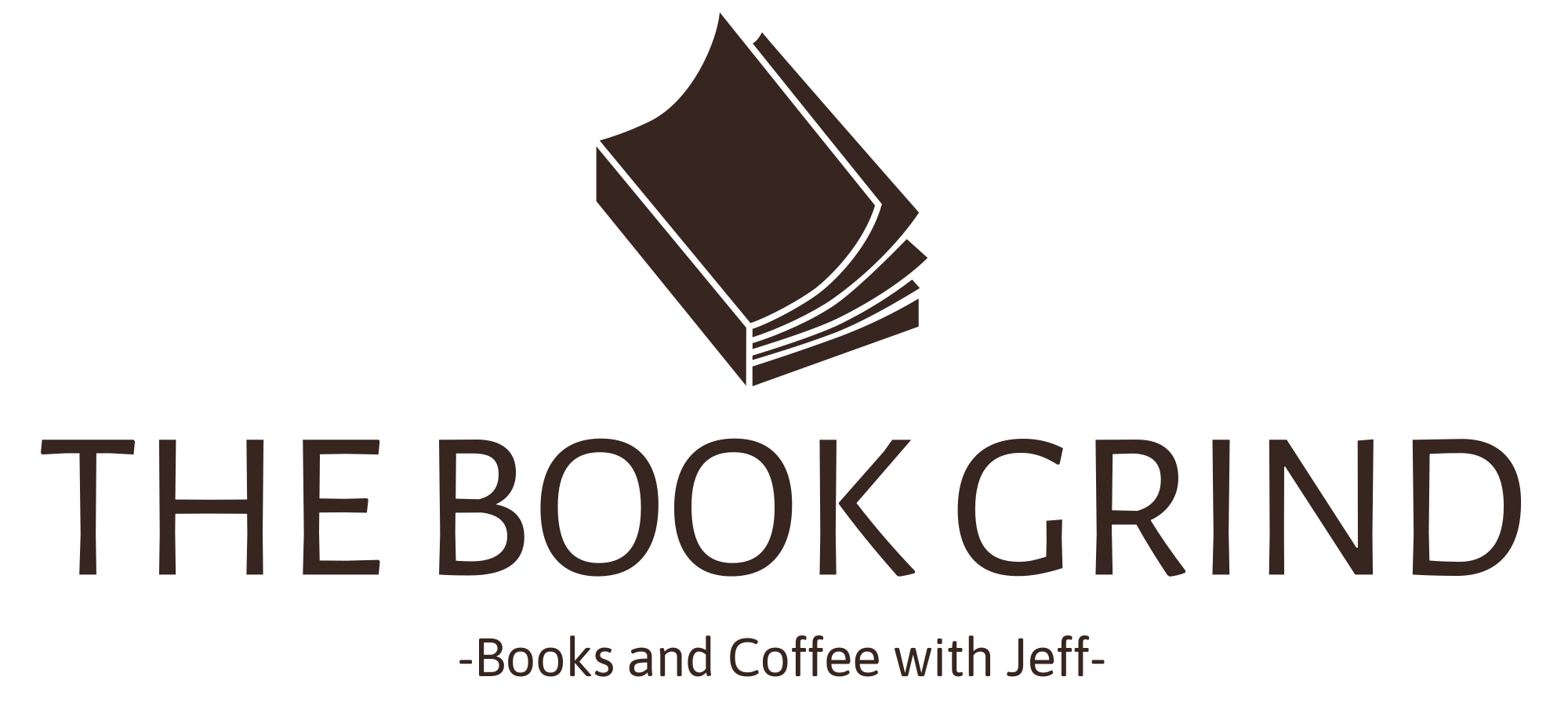The second novel in Lee Miye’s Dallergut Dream Department Store duology, The Dallergut Dream-Making District continues Lee’s whimsical take on the dream world and its inhabitants. Picking up not long after Penny’s employment at the famed dream-selling department store, this novel expands on its dreaming mechanics in expectedly creative and refreshing ways. While still comprised of several short stories and vignettes covering different aspects of dream-creation and experiences, like a real department store, this novel explores what happens when a customer has a complaint about their purchased dream or those that have issues with dreaming in general. Continuing with the first novel’s unique ideas paired with its signature cozy and casual presentation, this book is exactly the sequel one would expect and enjoy, referencing its past short stories and neatly tying up the few loose plotlines previously left as unresolved breadcrumbs. Similar to the first novel in the duology, the Dallergut Dream-Making District follows first floor store employee Penny’s exploration of the dream-making and selling industry presented through several short stories. However, unlike the first novel that followed a preset formula of each story introducing a new type of dream and a representative creator, this book instead looks at other…
Genre: Korean Literature
-
-
Book ReviewsFantasyKorean LiteratureMagical Realism
Mi-ye Le: The Dallergut Dream Department Store
by JefferzCreatively whimsical, The Dallergut Dream Department Store fits nicely into the cozy magical realism/fantasy-feel genre that admittedly is normally not my thing. Lee’s debut novel follows a similar formula of other Asian-translated cozy reflective stories in a similar style of Kawaguchi’s Before the Coffee Gets Cold or Aoyama’s What You Are Looking for is in the Library. However unlike many books it’s drawn similarities to, The Dallergut Dream Department Store is presented in a far more whimsical manner that focuses on the Dream Village and the inner workings of how dreams are created, sold, and used by sleeping customers. Like those other novels, there isn’t much of an overall plot or storyline as the main character Penny serves as a surrogate for the reader experiencing and learning about the Dallergut Dream Store. While I wasn’t necessarily hooked by this book, I was impressed by its creativity and appreciative of how well it accomplished what it was trying to do with its premise. At just over 200 pages, it’s also an incredibly easy and breezy read that you can pick up and put down casually without sacrificing details or the reading experience. Cozy reads are typically not my go-to genre, and…
-
Note: The following original review for this book is old and does not meet current review standards. A fully rewritten review is planned. For a book titled the Plotters, I found the plot of this one ironically to be one of the weakest aspects of the novel that left me disappointed. I love the character dialogue and the protagonist Reseng is quite the relatable anti-hero who was cast into and doesn’t know what life is like outside the dark world of assassins. This is very much a book where the journey is deemed more important than the destination as The Plotters sets up a fascinating scene and takes a good stab at the world of political corruption, underhanded deals, and what money can buy (pun intended). Reseng gets tangled up with a plot to overthrow the status quo of the hitman industry but the book never resolves the plotlines it sets up. He goes through a period of self-reflection and discovery as things go from bad to worse and ends with a moment of grandeur for Reseng similar to the climax of a movie where an epilogue would normally kick in showing the aftermath of the events. Except there isn’t one…
